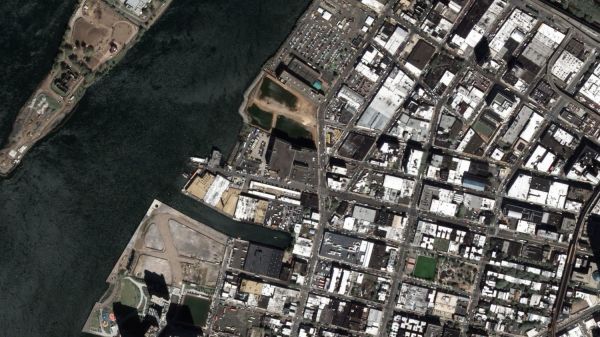Summers in the city can be extremely hot — several degrees hotter than in the surrounding countryside. But recent research indicates that it may not have to be that way. The systematic replacement of dark surfaces with white could lower heat wave maximum temperatures by 2 degrees Celsius or more. And with climate change and continued urbanization set to intensify “urban heat islands,” the case for such aggressive local geoengineering to maintain our cool grows.
The meteorological phenomenon of the urban heat island has been well known since giant cities began to emerge in the 19th century. The materials that comprise most city buildings and roads reflect much less solar radiation – and absorb more – than the vegetation they have replaced. They radiate some of that energy in the form of heat into the surrounding air.
The darker the surface, the more the heating. Fresh asphalt reflects only 4 percent of sunlight compared to as much as 25 percent for natural grassland and up to 90 percent for a white surface such as fresh snow.
Read more at Yale Environment 360
Image: New York City has painted about 7 million square feet of tar rooftops white to lower temperatures. CREDIT: NASA


